Jim Stimson reports on 3.24.2016
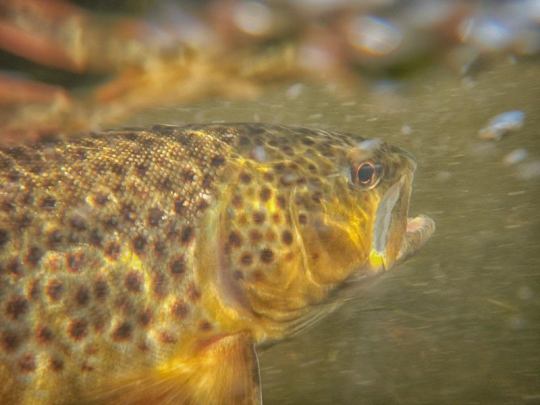
With the stable weather out there (all we seem to get from El Niño is wind), I’ve been poking around and exploring a little. I checked out the East Walker two weeks ago and the river was flowing nicely and the clarity was good. However, I wouldn’t recommend fishing it, yet. The flows are fluctuating wildly. The river is seeping along at about 40 cfs. When we fished it the flows were over 80. I would wait until the releases from the reservoir stabilize and the flows hold steady at 100 cfs or higher. The optimum flows are in the 200-300 cfs range, but we’ll see if we can get that high this season.
I took a stroll to Hot Creek on Saturday to check out the fishing. It was incredibly boney water BUT I was amazed at the trout. What struck me the most was how little water it took to hide a fish. They’re definitely in there but you need a fair amount of blind faith to keep casting. It doesn’t seem possible in such bare, minimum water. Fishing was a challenge. The water is super low and clear and often, the best and “deepest” runs are on the opposite bank. It took spot-on casting and short drifts to raise trout. Honestly though, I would wait on Hot Creek as well. Spring runoff and more water will come soon enough. There is still the West Walker and the Owens River systems.
Get out there and have a great weekend!
Upper Owens River
The river is changing…. big rainbows can still be found here and there but I believe a lot of fish have moved back into Crowley Lake. The reservoir has broken up and is ice free, the fish can breathe again in the lake and not be starved for oxygen. The numbers of fish being hooked are decreasing. It could be that these trout are getting wiser as the winter ambles on, who knows? They’ve been getting pounded by anglers day after day, week after week. Usually deep snowfall provides a natural barrier for most fisherman and the trout are protected by their remoteness and swim around with some refuge and solitude. With the lack of snow along the river system, access is easy, and fisherman have been fighting tooth and nail for the opportunity to hook into large fish.
The flows are running a steady 42 cfs and the water is pretty clear, so you need to fish with some stealth. Walk quietly along the river banks, watch where your shadow casts upon the water, and keep a lower profile. The fish are spooky with the low, clear water. You are not going to get high numbers of fish but the trout you hook into are large, very large. The water temperatures are cold, so you can expect to find the nice rainbows in the tail outs. Look for deep buckets. Try copper johns, san juans, and pheasant tails. Vary the color, some days pink is the ticket, other times it is red. They like the bright colors. Make sure you are getting your nymph rigs deep enough. A combination of enough split shot and setting your indicator deep enough is the trick. The key is patience. Keep grinding away on a run. Keep the faith. Again, they’re in there. Make sure you are covering a tail out thoroughly, start your drifts near and end far. The fish are lethargic. Putting your bugs right in front of their faces is the key to success. Good luck out there, stay warm, and beware of bottomless muck along the dirt roads.
Lower Owens River
I would have to say that all in all, the fishing has been steadily improving, but that said, one day it is stellar, the next it seems like you are casting to empty water. The afternoon baetis hatch has returned. Look for rise forms in the foam lines and start hucking out small bwo patterns, size 18. Comparaduns have been working better for me than your straight bwo dry fly patterns such as a Parachute Adams. Bug patterns that sit within or below the film rather than perched atop has been the ticket. The stream flows have been fluctuating. Right now the river sits at about 150 cfs. The wading is still easy but the water is cold. The fish are seeking the quiet water along seams and the deeper buckets below tail outs. For indicator nymphing, tie on black zebra midges in the mornings then make a bug adjustment as the temperatures rise. Go for something in the baetis family next. Red San Juan worms have been working well when the “normal” bug array are not stimulating grabs. And there is the odd caddis cruising around to add to the confusion. The grabs are subtle and lethargic. Yarn indicators work great this time of year. Not only do they land softly but more importantly, you can detect even the softest takes.
Read more
AC Fly Fishing Reports on 3.23.2016Big, green water flowing down the Sacramento River right now. Fishing has been outrageous the past week out here. Expect more of the same to continue through ...
Hogan Brown Reports on 3.30.2016Here is what is going on and if you are looking to book a day I still have some late spring and Summer striper/trout dates open.June 10, 13, 17, 27, 28,July 6, 11, 1...



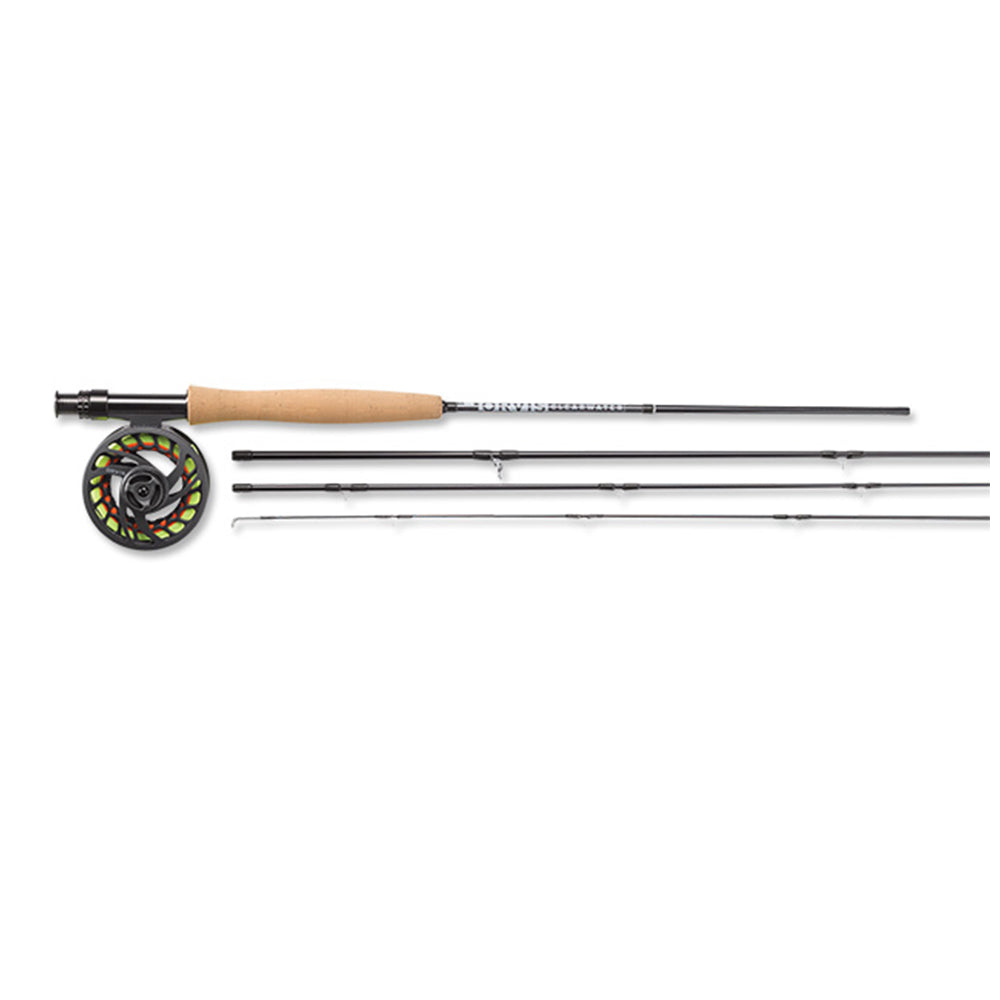





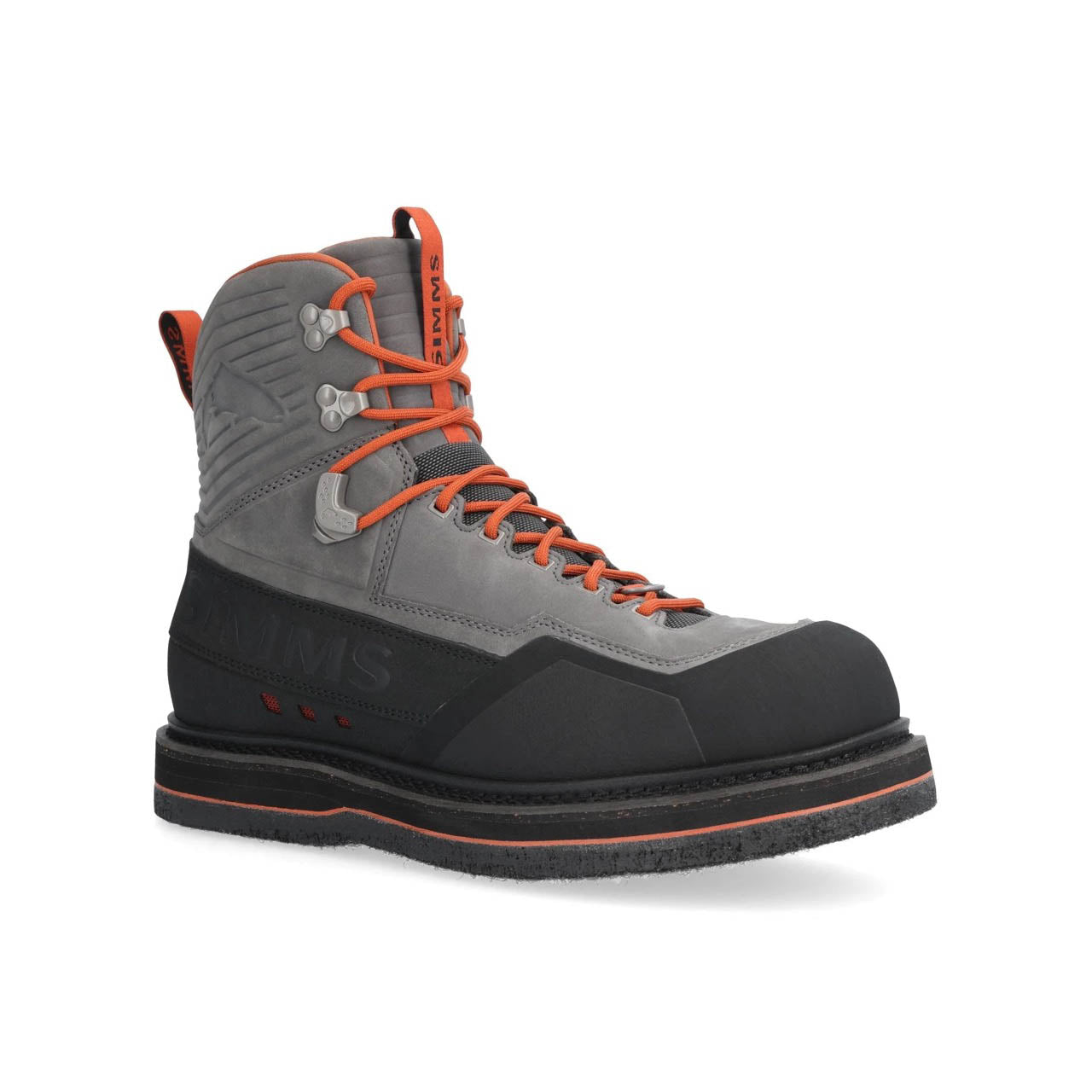








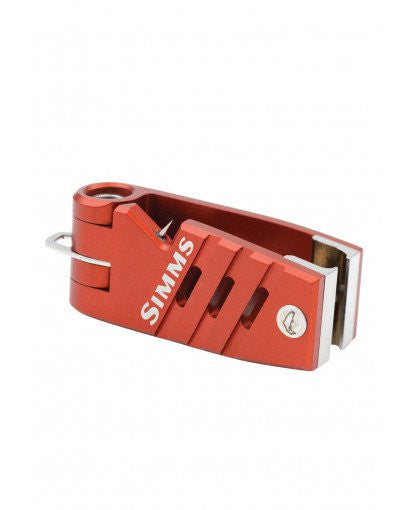
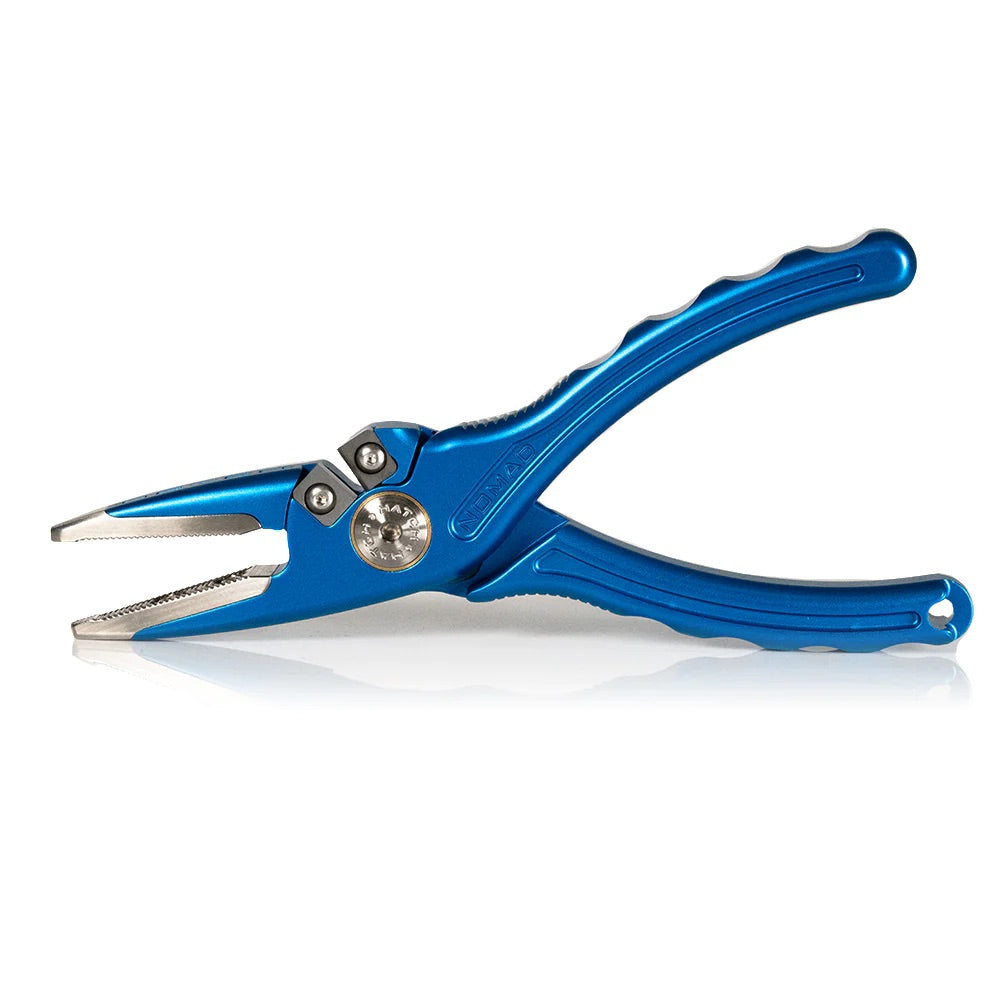







Leave a comment
All comments are moderated before being published.
This site is protected by hCaptcha and the hCaptcha Privacy Policy and Terms of Service apply.